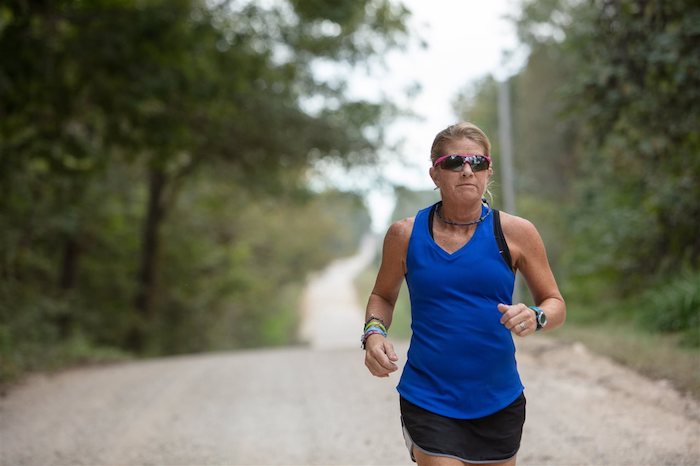Almost a quarter of the population will develop a bunion, a bump at the base of the big toe, with symptoms that include pain, swelling, numbness and pressure.1 Although a bunion visually appears at the base of the toe, the root cause is actually located in the middle of the foot where an unstable joint has allowed the bone to become misaligned.
Research shows that 87% of bunions are complex “three dimensional” deformities where the joint can lean, elevate and rotate out of its natural position.2 Many people with bunions report that discomfort and pain keep them from being active.
A common misconception is that a bunion can simply be shaved off in a surgical procedure called an “osteotomy.” While this can reduce the cosmetic appearance of the bunion bump, up to 70% of patients can experience recurrence.3 This occurs because traditional bunionectomies address the bunion in only two dimensions and do not address the root cause of the deformity. Recently, a treatment called LAPIPLASTY® 3D BUNION CORRECTION™ has demonstrated low recurrence by targeting all three dimensions of a bunion. In one study, 99% of patients treated had no recurrence after 17 months.4
“I meet with patients regularly who report that the pain generated by bunions is severe and makes it very difficult to be active. With the Lapiplasty® Procedure, we can use precision technology to realign the bone, secure the joint — fixing the problem at the root cause — and getting patients back on their feet quickly in a boot,” said Dr. J.P. McAleer of Jefferson City Medical Group in Jefferson City, MO.
The Lapiplasty® Procedure works by restoring the natural anatomy of the foot. There is no need to cut and shift the metatarsal bone as with 2D osteotomy surgery. The entire metatarsal bone is simply rotated back into position, eliminating the unsightly bump. The unstable joint is then permanently secured with patented titanium plates and screws.
“In our practice, many patients are back on their feet in a walking boot within days. Within six to eight weeks they are wearing comfortable shoes and after four months they are released to full activity — including running,” said Dr. McAleer.
The low recurrence data resonated with Dr. McAleer’s marathoner patient April, as she had friends who previously had failed 2D corrections. “I wanted to fix it right the first time.” The possibility of accelerated weight-bearing was also of interest as April hoped to return to running quickly. “I went back to running as soon as the boot came off! At about five months post-op, I ran my first 10K. Ten months after surgery, I did a half marathon.”
More than 20,000 patients in the U.S. have been treated with Lapiplasty® 3D Bunion Correction™. It is covered by most insurance and Medicare. For risk and benefit information and to find a trained surgeon to tell if Lapiplasty® is right for you, visit www.FixMyToe.com.
- Nix S, et al. J Foot Ankle Res. 2010. 27:3:21.
- Kim Y, et al. Foot Ankle Int. 2015. 36:944-52.
- Jeuken RM, et al. Foot Ankle Int. 2016. 37:687-95.
- Dayton P, et al. J Foot Ankle Surg. 2020, 59(2): 291-297.
The Editorial Team at Lake Oconee Health is made up of skilled health and wellness writers and experts, led by Daniel Casciato who has over 25 years of experience in healthcare writing. Since 1998, we have produced compelling and informative content for numerous publications, establishing ourselves as a trusted resource for health and wellness information. We aim to provide our readers with valuable insights and guidance to help them lead healthier and happier lives.
































